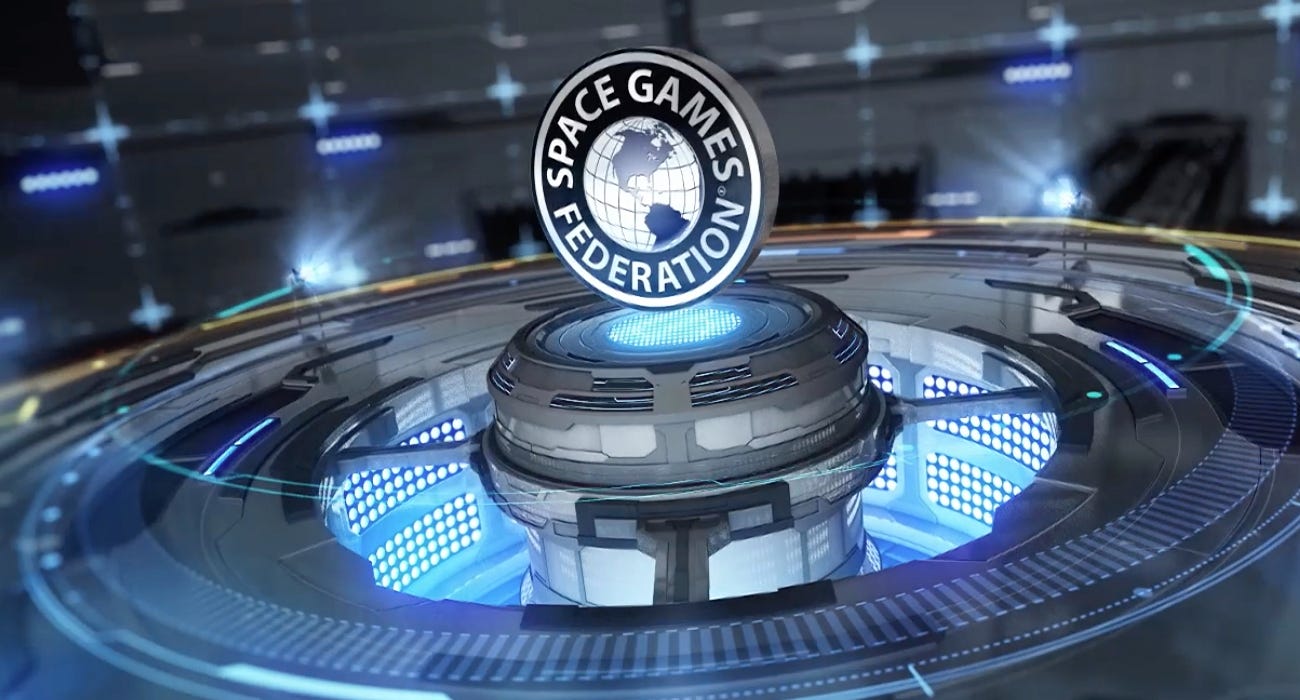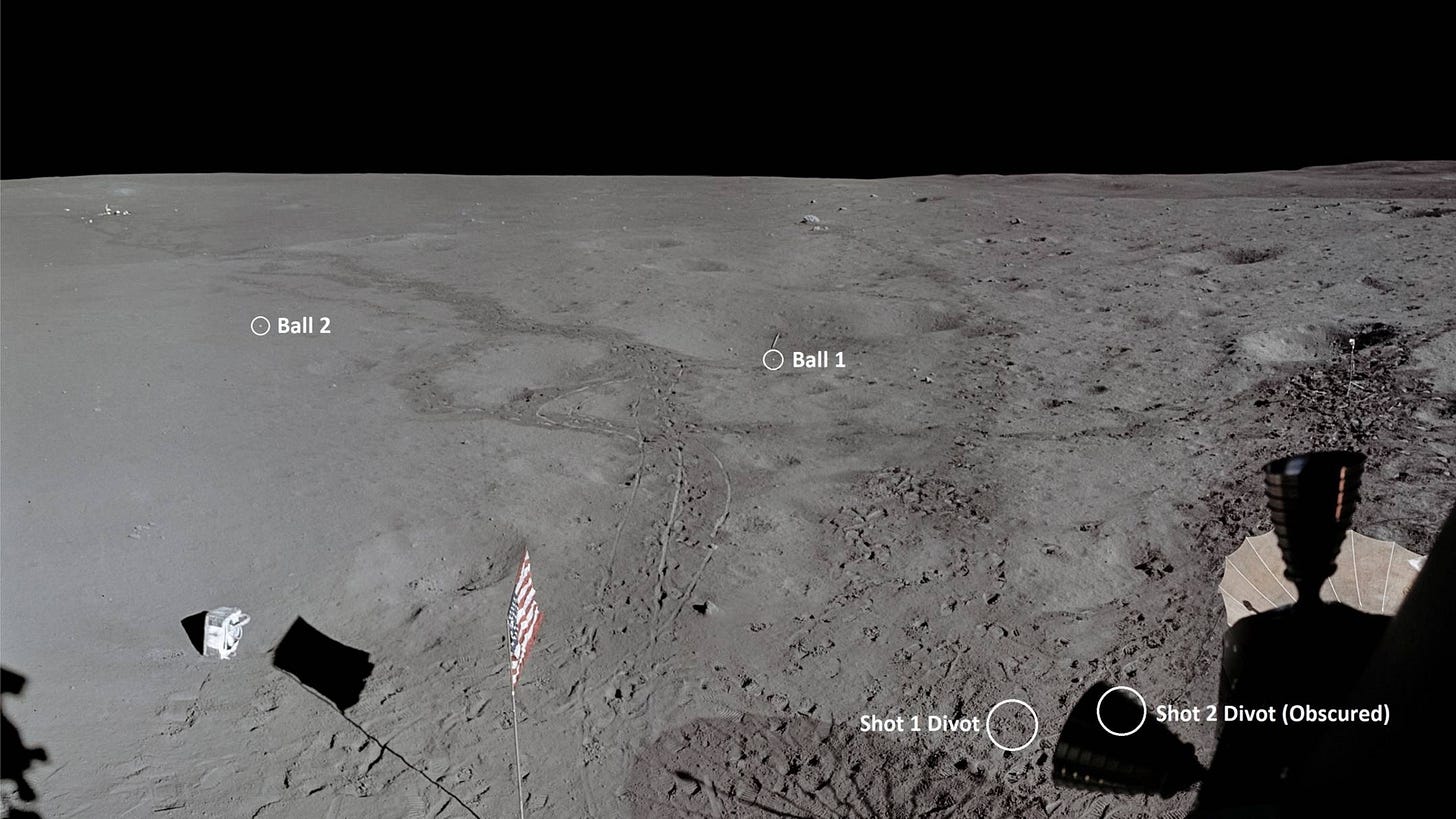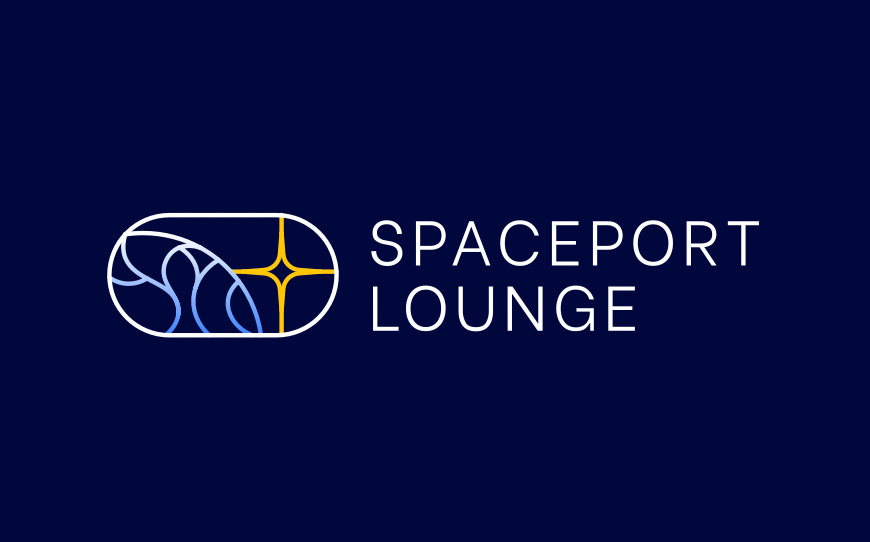
As more people venture beyond Earth, the integration of sports into space travel will evolve from fun demos to structured competitions, reflecting our innate desire for bonding through competition. The primary focus of space athletics today lies in the disciplined exercise programs aboard the International Space Station (ISS), designed to mitigate the effects of microgravity, such as bone density loss and muscle atrophy. At the same time, astronauts have fun and entertain by engaging in and sharing video clips of microgravity competitions, which also enlighten viewers about how bodies and objects move in space.
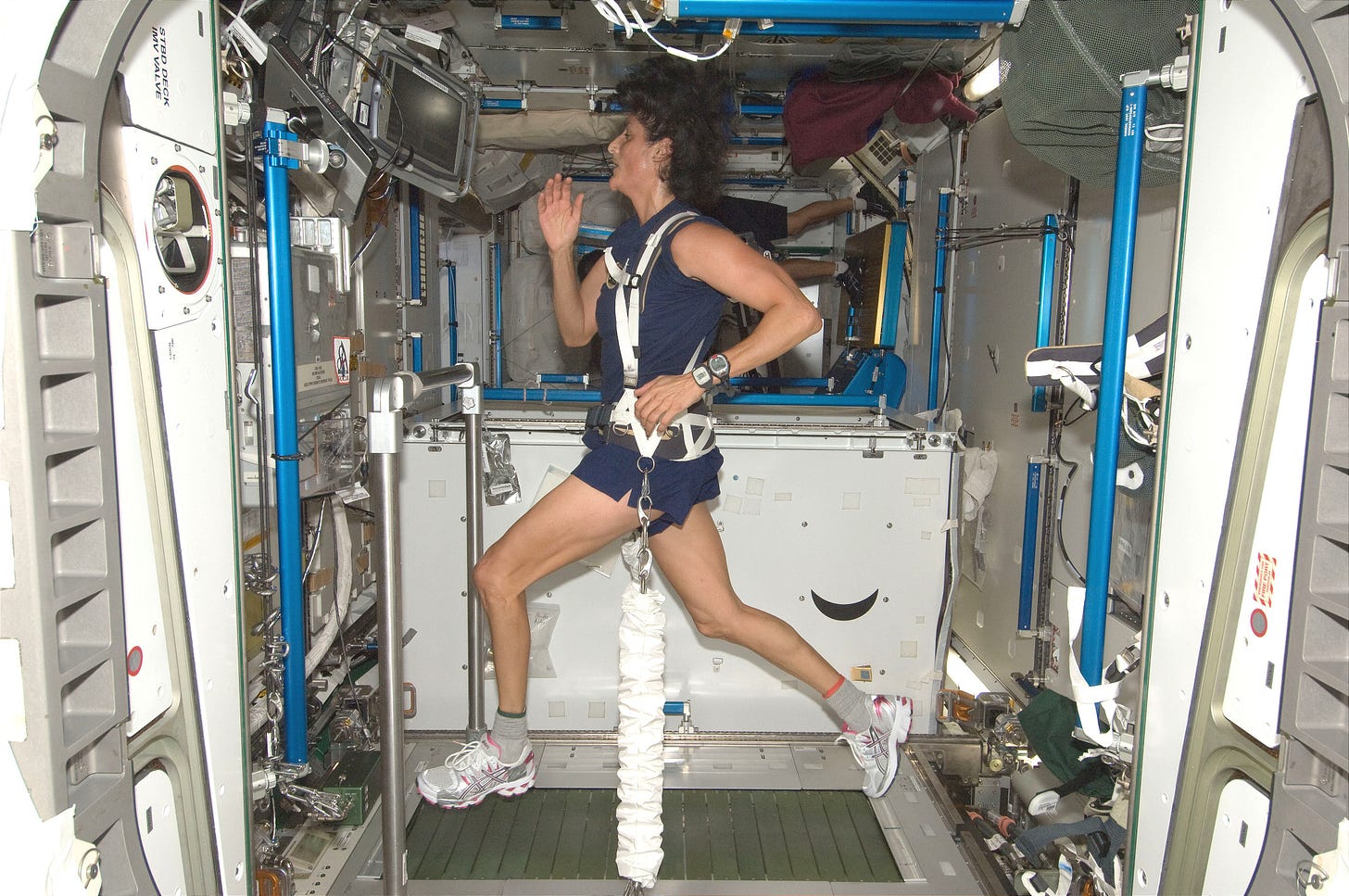
The occasional friendly competitions on the ISS, such as makeshift soccer games or ping pong challenges with floating balls, provide both entertainment and an outlet for the naturally competitive spirits of the astronauts—many of whom are exceptional athletes. Limited space and equipment pose challenges, but these activities hint at the potential for more structured sports in space. Visionaries like the Space Games Federation are exploring how to transform these informal games into fully realized sporting events, complete with rules and structures for competitive play.
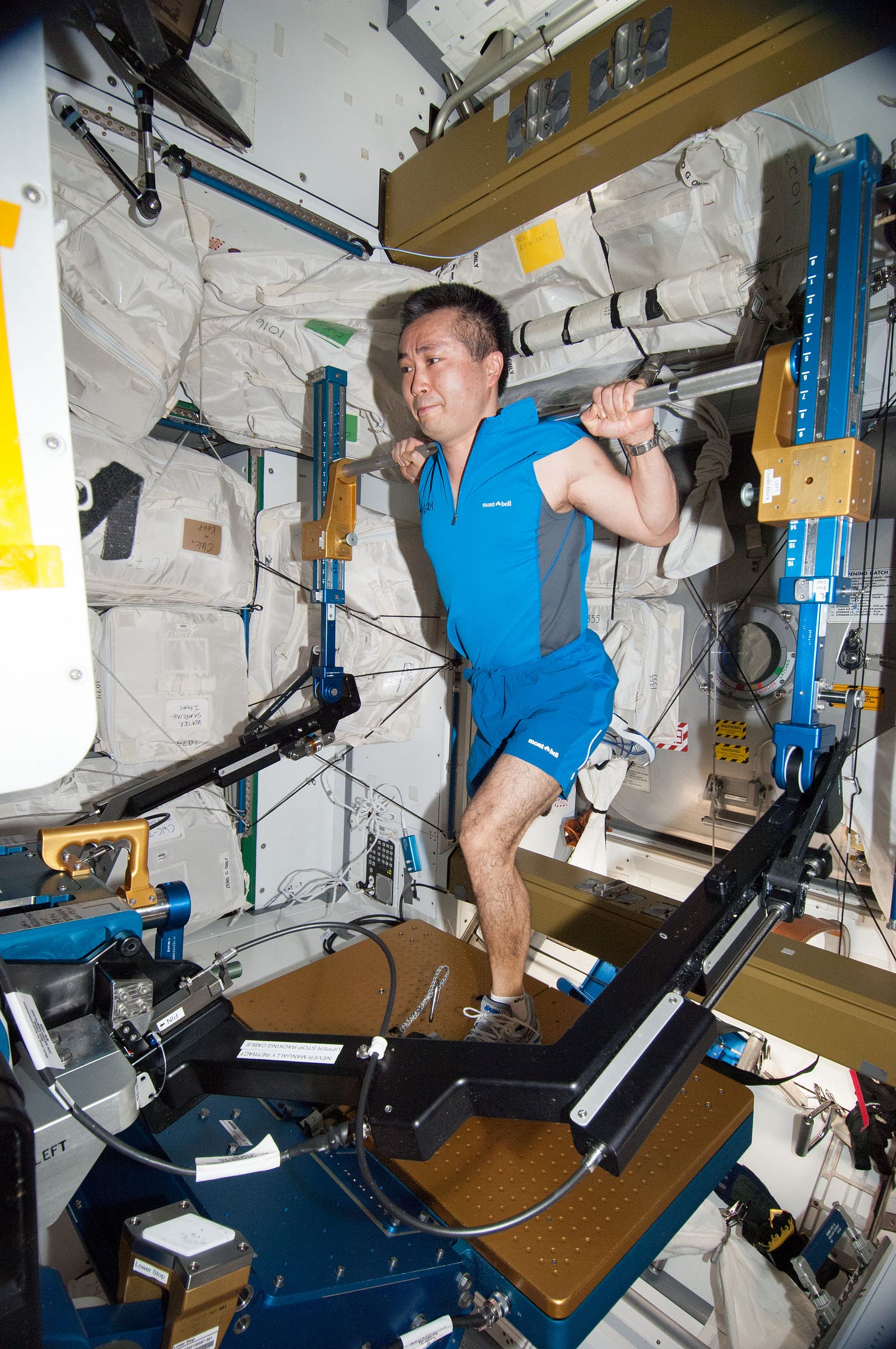
The Inception of Space Sports
Sports in space began with simple, amusing activities during the early days of space travel. In 1969, Apollo 12 astronauts Pete Conrad and Alan Bean conducted the first recorded "sport" in space, improvising a javelin throw on the Moon using a lunar scoop handle. Two years later, Alan Shepard famously swung a modified six-iron golf club on the lunar surface during Apollo 14, declaring his ball traveled "miles and miles." These moments were meant to entertain and show how familiar activities from Earth could look on the Moon, sparking the imaginations of sports fanatics.
The classic clip of Alan Shepard golfing on the moon, accompanied by Edgar Mitchel. Both audio and subtitles in this video are good.
Sports on the ISS: Combining Discipline with Fun
Life aboard the ISS revolves around discipline and creativity, particularly in the realm of physical activity. Astronauts follow a rigorous exercise schedule of about two hours per day, aimed at combating the adverse effects of microgravity, including muscle atrophy, bone loss, and cardiovascular deconditioning. The physical benefits of this exercise routine are complemented by its mental health benefits, offering stress relief and fostering team camaraderie.
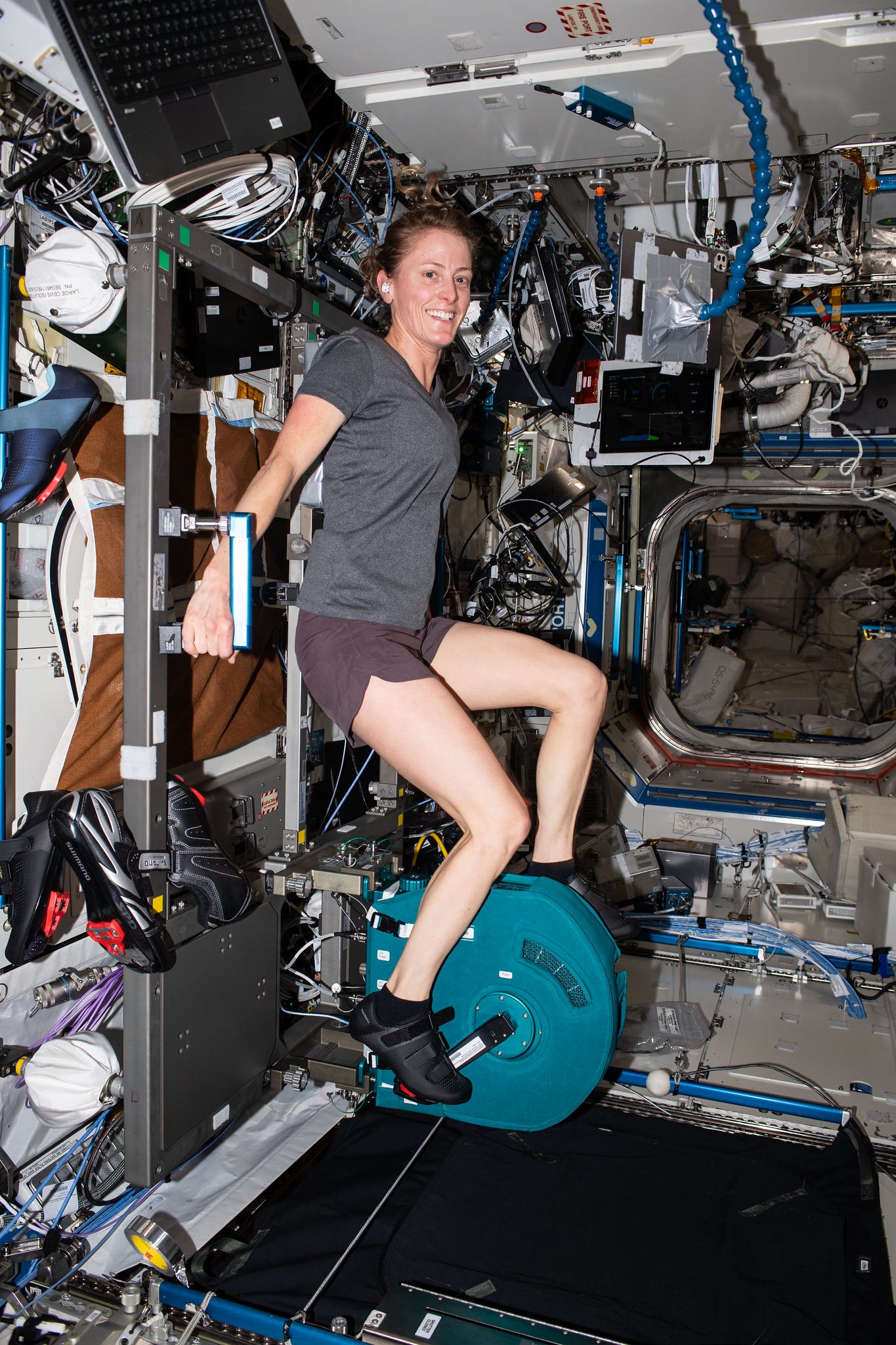
The workout options are as basic as a small hotel gym – treadmill, exercise bike, and weight machine – yet these require complex adaptation for microgravity. The Advanced Resistive Exercise Device (ARED) simulates weightlifting with vacuum cylinders to target major muscle groups. A treadmill with harnesses allows astronauts to run while tethered, and the Cycle Ergometer lets them pedal without the need for a seat or handlebars. Together, these tools ensure that astronauts remain physically fit and ready for the challenges of long-term space exploration.
The first tennis match in space (NASA video with audio):
Beyond these disciplined routines, astronauts engage in recreational games adapted to their unique environment. Soccer with soft, floating balls, microgravity basketball with creative dunks, and table tennis with unpredictable, weightless paddles are among the favorites. Racing through the station’s corridors has become a popular activity. The playful matches already escalate into debates about rules—for example, whether using mounted handrails for stabilization and propulsion is allowed.
These games not only provide entertainment but also enhance teamwork and foster a sense of connection, proving that recreation plays a vital role in maintaining morale and unity in space.
Astronaut Koishi Wakata from Japan is the ultimate utility player filling in at every baseball position on the ISS (video, no audio):
The Future of Space Sports
The future of space sports lies in moving beyond adaptations of terrestrial games to developing entirely new activities that leverage the unique conditions of microgravity. Linda Rheinstein, founder of the Space Games Federation (SGF), explains that the absence of gravity creates what she calls Equal Space, a truly level playing field for athletes—or Astroletes®—to compete in entirely new ways.
Rheinstein offered, “Organizing sports in space isn’t easy—it’s an entirely new concept, which opens the door to new sports, new playing fields, new rules, new players, new teams, and new coaches. While the fundamentals of competition remain, everything changes when you’re floating in zero gravity.”
SGF has already conducted a worldwide contest for innovative sports designed for microgravity environments, narrowing down hundreds of entries to a “Sweet 16” before the public selected five finalists. These sports, which could include multi-directional obstacle courses and team-based games in floating arenas, demonstrate the creative potential of zero-gravity competition.
Pioneering this field isn’t without challenges, but Rheinstein’s experience in league startups, Olympics, and live sports broadcasting provides a foundation for navigating this new frontier. SGF blends entertainment, education, and competition to inspire a global audience and highlight the importance of space exploration.
As commercial space travel becomes more accessible, recreational opportunities will expand. Companies like SpaceX and Blue Origin are already envisioning activities such as low-gravity basketball and capture-the-flag in orbit. Future space hotels may even feature purpose-built arenas for zero-gravity sports like tennis or dodgeball, offering tourists experiences impossible to replicate on Earth. Inflatable structures, such as those designed by Sierra Space, are lightweight, easy to deploy, and offer a practical solution for creating the larger spaces needed to accommodate team sports in microgravity. These innovative arenas could transform how sports are played in orbit, enabling more dynamic and collaborative games.
SGF is also preparing for its own milestone: the launch of an exhibition sport in space by 2028. Rheinstein explained, “We aim to be part of the future of space exploration, recognizing that competition is an innate human instinct.”
Rheinstein is working to establish zero-gravity sports as a legitimate and inclusive global movement. Through research, partnerships, and education, SGF is building the foundation for sports in space. “Look up,” she likes to say, “The future is sports in space. Equal Space.”




